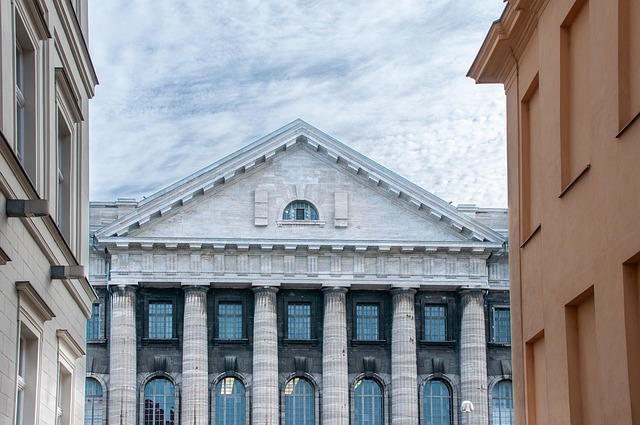Reviving the Elegance: Exploring Classicism in Painting
Art has an incredible ability to transcend time, and among its many movements, classicism stands as a beacon of elegance and sophistication. Originating in the ancient civilizations of Greece and Rome, classicism emphasized harmony, proportion, and a deep respect for tradition. Today, as artists continue to draw inspiration from the past, the revival of classicism in painting offers a refreshing perspective that connects us with our cultural heritage.
Art is not merely an expression; it is a dialogue between the artist and the observer, intertwining emotions, thoughts, and historical narratives. Classicism serves as that timeless language, wherein every brushstroke embodies a narrative much deeper than its visual appeal. The meticulous attention to detail, the glorious use of light and shadow, and the portrayal of human form imbue classicist paintings with an element of lifelike presence that stirs the viewer’s imagination. Iconic artists such as Raphael, Michelangelo, and Jacques-Louis David have set a standard that resonates even in contemporary art, showcasing that true beauty is often rooted in the principles of proportion, balance, and elegance.
In the realm of design, classicism manifests not just in paintings but in architecture, sculpture, and decor. Many modern designers borrow from these age-old principles, providing a streamlined yet sophisticated aesthetic that appeals to a wide audience. A classicist approach to design emphasizes simplicity and functionality while never neglecting beauty. Think of grand columns, harmonious color schemes, and intricate details that evoke a sense of nostalgia and admiration for craftsmanship. Even today, the resurgence of classical elements in furniture and interiors indicates a collective yearning for a design language that communicates stability and grace.
As we explore the world of classicism within painting, we recognize its profound impact on modern aesthetics. Contemporary artists are merging the timeless techniques of the old masters with modern themes and subjects, creating a captivating fusion that both challenges and respects traditional methods. The exploration of classicism invites us to ponder our values, reminding us of the beauty found in discipline and skill while acknowledging the contemporary narratives that define our present.
Furthermore, the study of classicism can also lead to introspective reflection. As we appreciate these works of art, we may find ourselves contemplating our own lives and the elegance that can be achieved through dedication and adherence to fundamental principles, whether they relate to painting, design, or other aspects of life. It beckons us to cultivate a sense of order amidst the chaos of modernity, encouraging a return to depth and meaning in our artistic endeavors.
In this digital age, where instant gratification often overshadows craftsmanship, the allure of classicism empowers us to reconsider the value placed on artistry. By embracing the elements of classicism, we invite a resurgence of appreciation for skill and storytelling, transcending mere visual beauty to evoke emotions that resonate deeply within us.
In capturing the essence of classicism within the realm of painting, we embark on a journey that enriches our understanding of art and design. The revival of this timeless style connects us to the past while providing a framework for creative expression that remains relevant in today’s rapidly changing world. As more artists and designers take inspiration from the great classical traditions, we are reminded of the elegance that can define our artistic landscapes and personal experiences.



